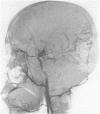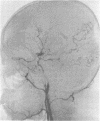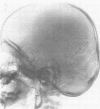Abstract
Three Japanese families with moya-moya disease in six patients are presented. These six patients were among 49 cases of confirmed moya-moya disease in our experience, and the familial incidence was more than 12%. A relatively high familial incidence (7%) was found in the total Japanese series emphasising the important hereditary components in the pathogenesis of the disease.
Full text
PDF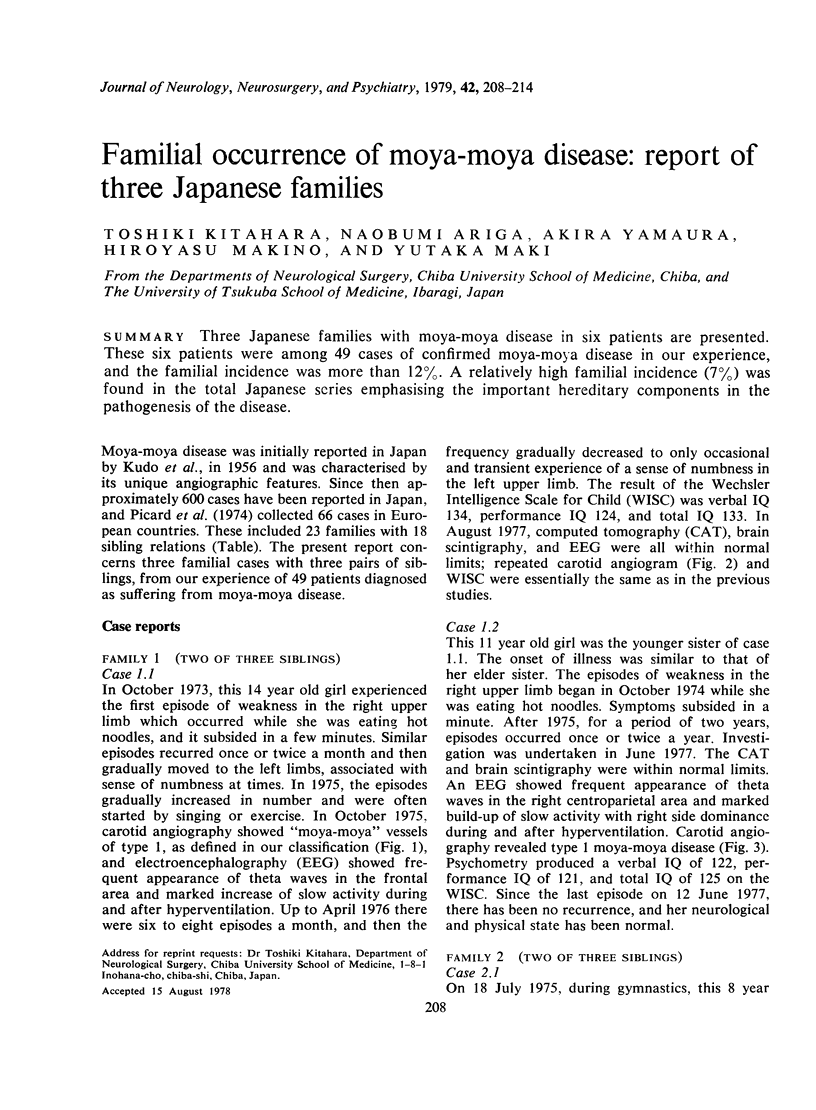
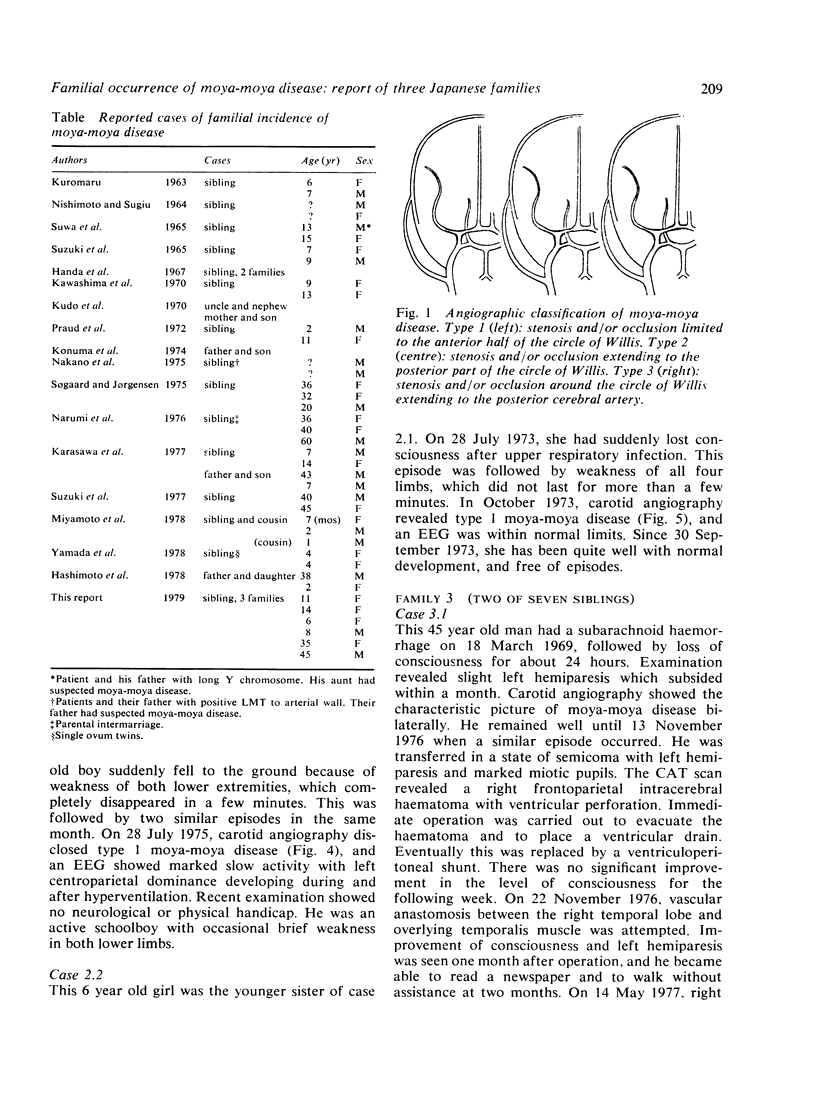
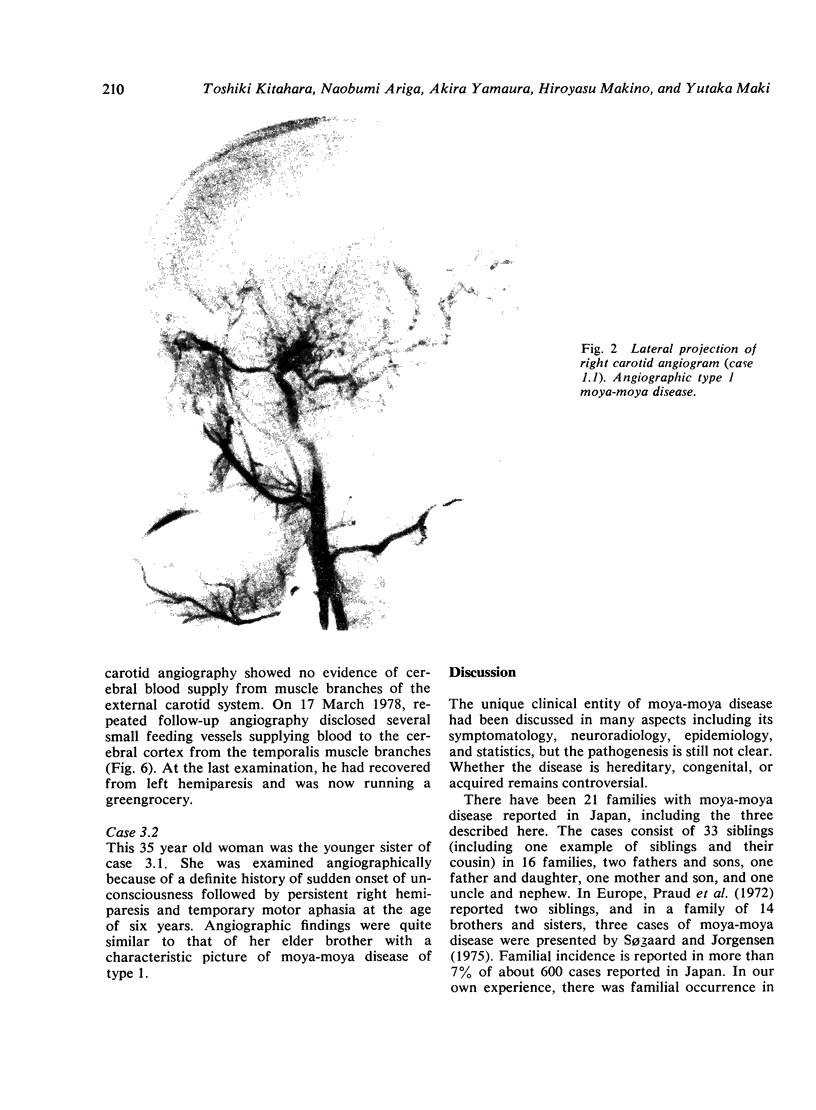
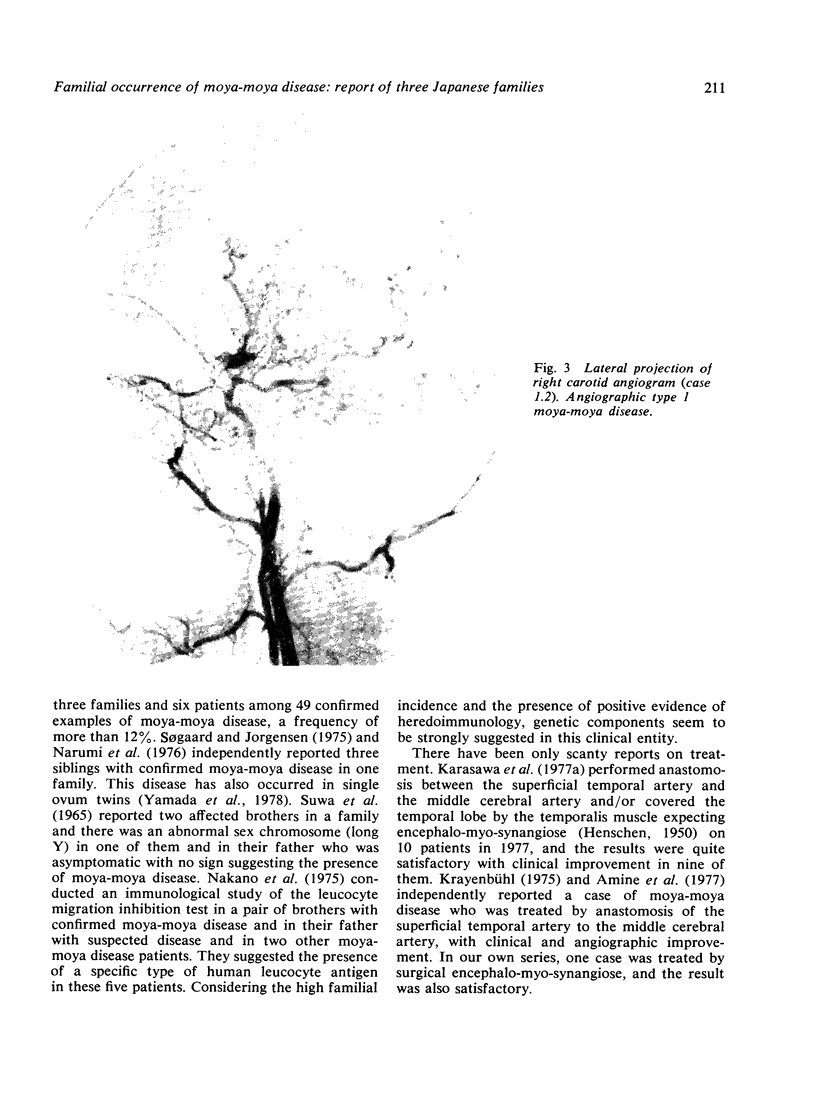
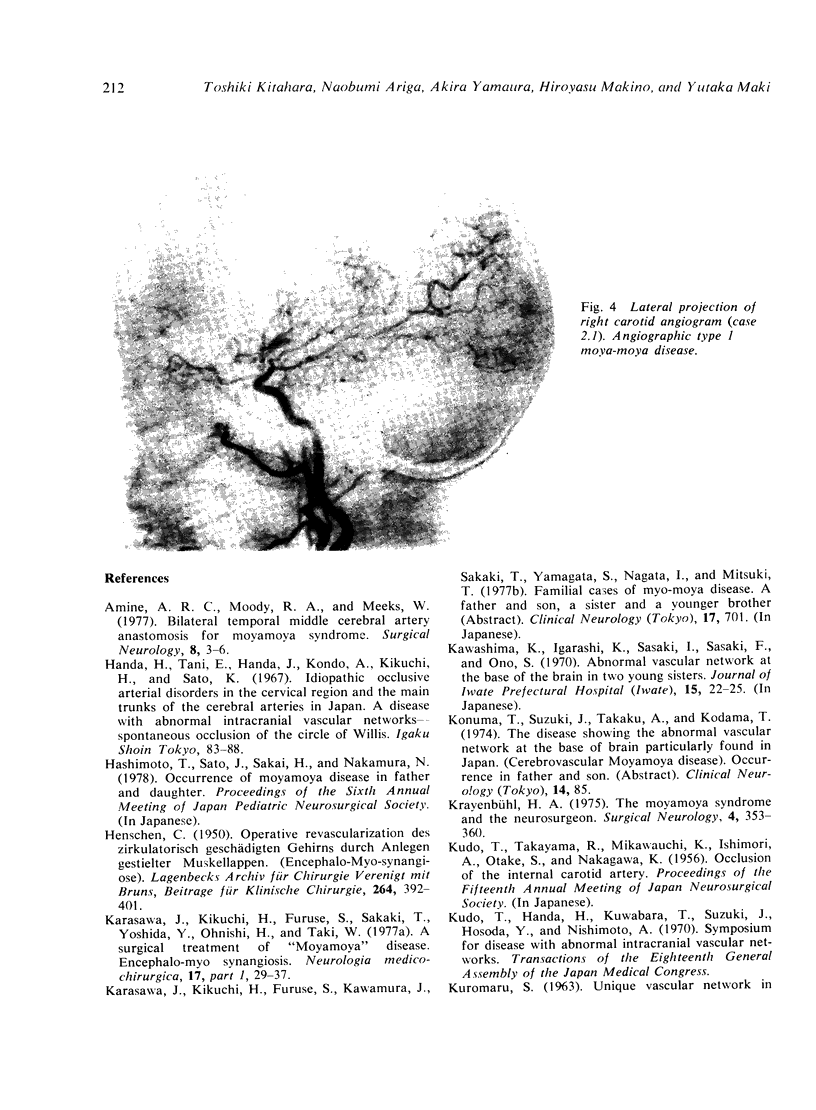
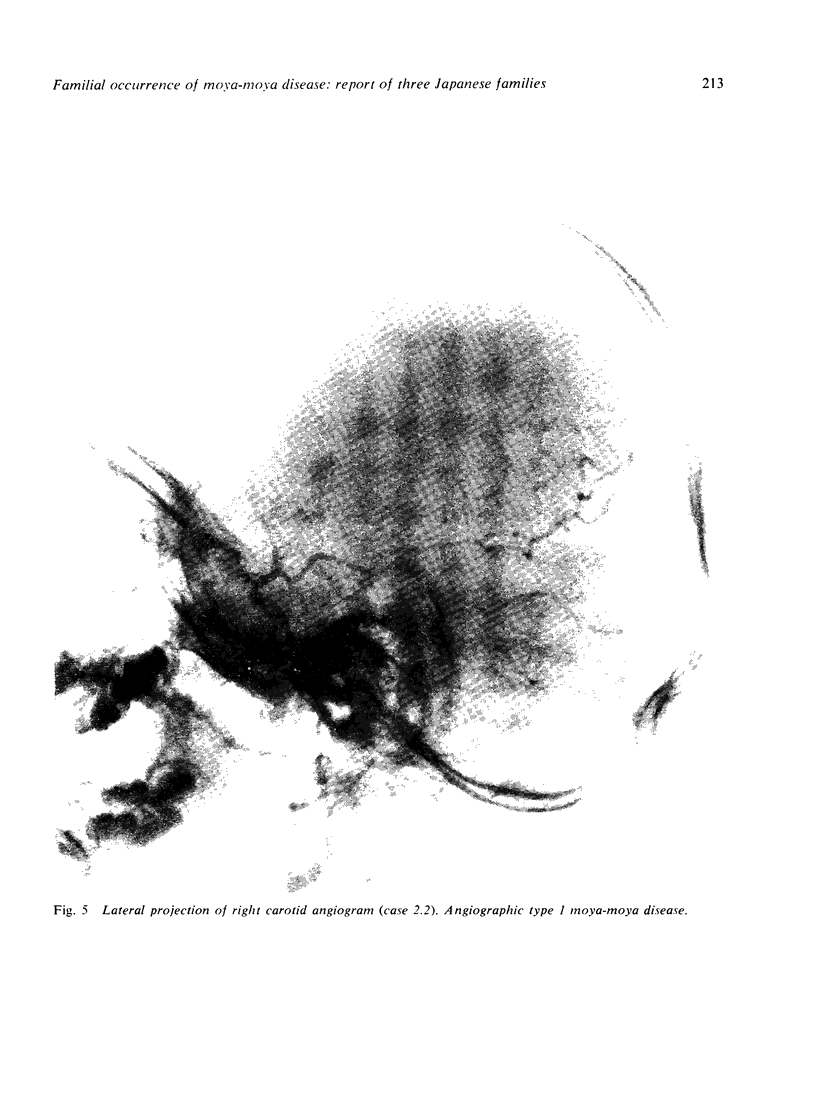
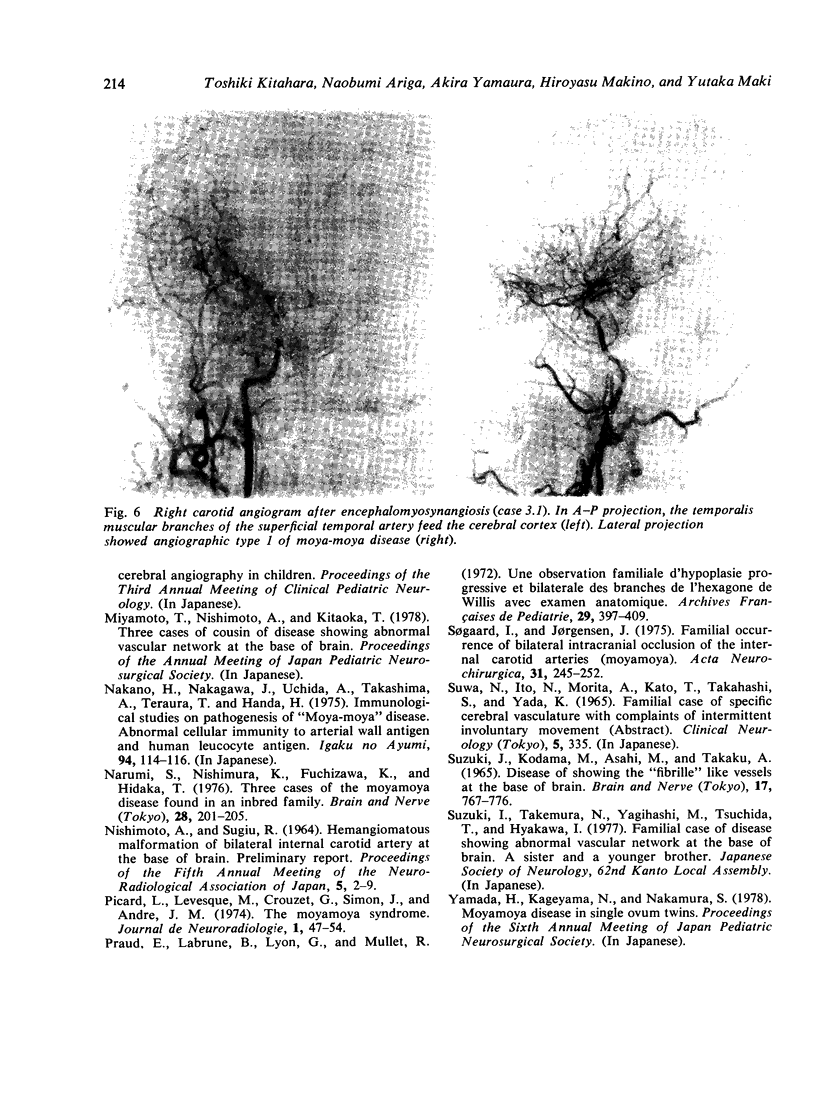
Images in this article
Selected References
These references are in PubMed. This may not be the complete list of references from this article.
- Amine A. R., Moody R. A., Meeks W. Bilateral temporal-middle cerebral artery anastomosis for Moyamoya syndrome. Surg Neurol. 1977 Jul;8(1):3–6. [PubMed] [Google Scholar]
- Krayenbühl H. A. The Moyamoya syndrome and the neurosurgeon. Surg Neurol. 1975 Oct;4(4):353–360. [PubMed] [Google Scholar]
- Praud E., Labrune B., Lyon G., Mallet R. Une observation familiale d'hypoplasie progressive et bilatérale des branches de l'hexagone de Willis avec examen anatomique. Arch Fr Pediatr. 1972 Apr;29(4):397–409. [PubMed] [Google Scholar]
- Suzuki J., Takaku A., Asahi M., Kowada M. [Study of diseases presenting fibrilla-like vessels at the base of brain (frequently found in the Japanese)]. No To Shinkei. 1965 Aug;17(8):767–776. [PubMed] [Google Scholar]
- Søgaard I., Jørgensen J. Familial occurrence of bilateral intracranial occlusion of the internal carotid arteries (Moya Moya). Acta Neurochir (Wien) 1975;31(3-4):245–252. doi: 10.1007/BF01406296. [DOI] [PubMed] [Google Scholar]



